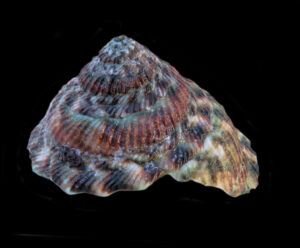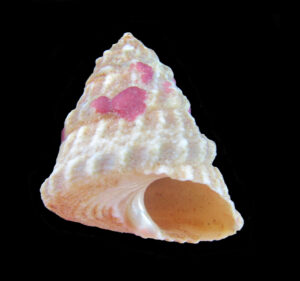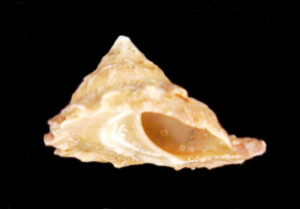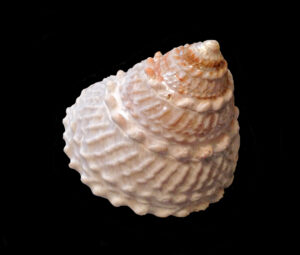The Turban Shells are members of the Turbinidae Family that are named after a child’s toy and not the turban headdresses. The Latin word “Turbo” means “spinning top” and is the same root word for the word “turbine”, referencing the spiral pattern. The shells are of solid construction, cone-shaped with a surface that has rugose, smooth, spiny or wavy sculpting with an aperture that is round with an interior that is nacreous (mother of pearl).
Most Turbans are herbivores that graze on algae which they scrape from hard surfaces by using their radula. In turn they are preyed upon by shore birds, crabs, fish and carnivorous mollusks. Turban Shells are found in tropical, temperate, and polar seas and can be found from the intertidal zone to very deep water. There are over two hundred species in the Turbinidae Family of which seventeen are found in coastal waters of the Baja.
Note: Turban Shells are very similar to but differ from shells in the Tegulidae Family of Top Shells in that they have a heavy calcareous, operculum (trap door).
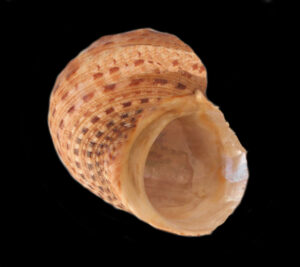 Fluctuating Turban Shell
Fluctuating Turban Shell